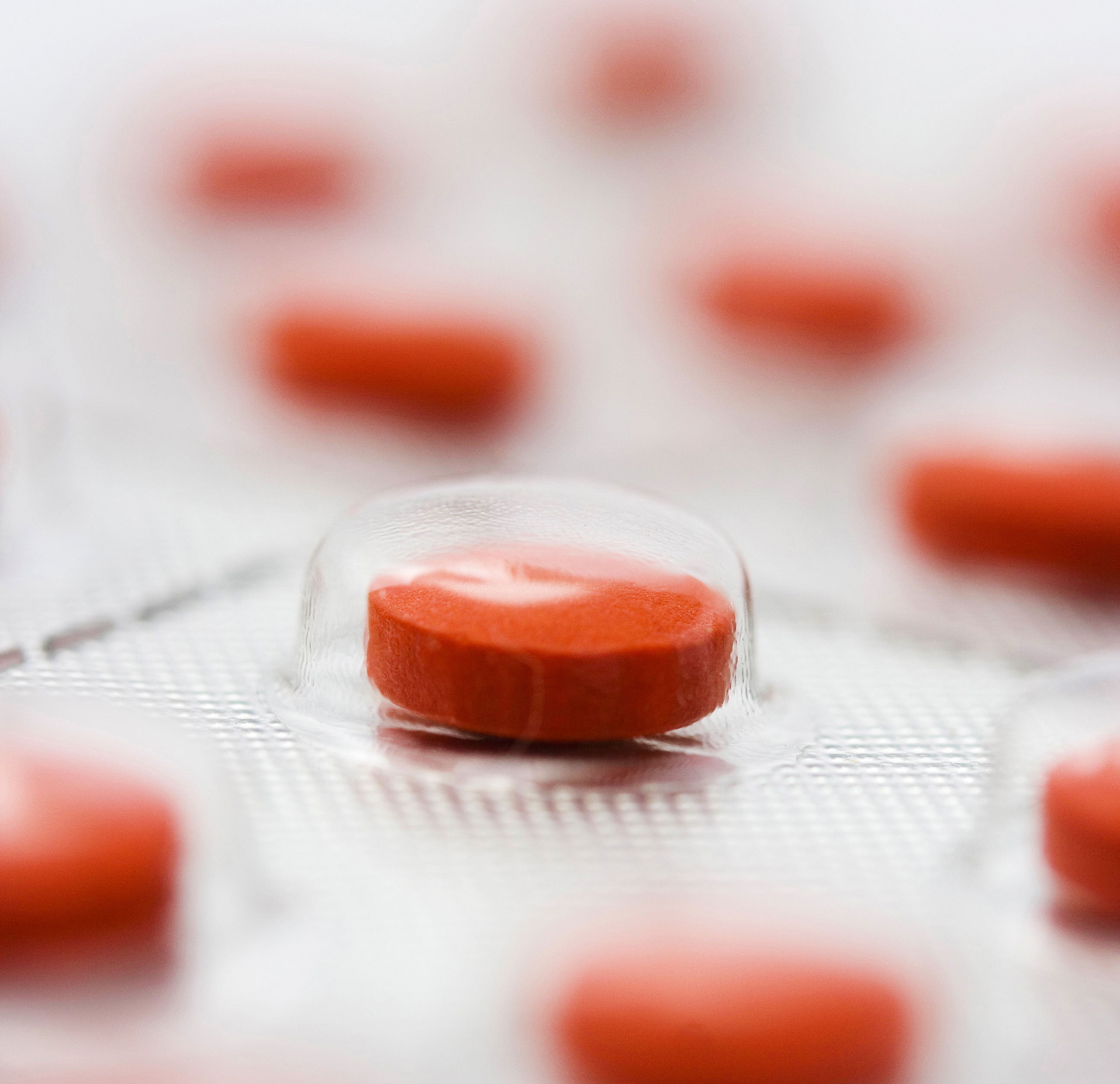
There is belief among athletes and active people that lactic acid is responsible for delayed onset muscle soreness (DOMS), or the general muscle soreness experienced 1 to 2 days following intense exercise.
However, this is not the case. Lactic acid is produced in our body as we break down glucose or glycogen (what our muscles use for energy) during exercise. This lactic acid production is what’s responsible for the burning sensation we experience in our muscles during high intensity exercise. The accumulation of lactic acid can be attributed to a few reasons including low muscle oxygen and the recruitment of fast twitch muscle fibers.
First, as our exercise increases to a high intensity, we are unable to take in and process enough oxygen for our working muscles. This lack of sufficient oxygen is termed anaerobic exercise. If the exercise is to continue at this level we will soon reach a point where our blood lactic levels are high and our glucose/glycogen are low leading to muscle fatigue.
Second, our muscles are made up of slow and fast twitch fibers. Slow twitch muscle fibers are used for endurance activities such as long distance running. Conversely, fast twitch fibers are used for explosive activities including jumping and sprinting. Fast twitch fibers contain enzymes that promote the formation of lactic acid at a quicker rate as compared to slow twitch fibers. Therefore, when we engage in exercises that use these fast twitch fibers our lactic acid levels raise.
Upon accumulation of lactic acid in the blood, studies indicate levels return to a resting level within 60 minutes following exercise. Therefore, it is unlikely lactic acid is responsible for DOMS 1 to 2 days after high intensity exercise.
How can we speed the removal of lactic acid from our blood? This can be accomplished by engaging in continues light activity or a “cool down” period immediately following the intense exercise. Research shows blood lactic acid returning to resting levels within 40 minutes with light exercise as opposed to near 60 minutes without light exercise.
If lactic acid is not responsible for muscle soreness, then what is the cause? Recent evidence indicates this soreness arises from microscopic injury to muscle fibers. This initiates biochemical-healing response characterized by inflammation and edema within the injured muscle. Since this series of events takes place slowly, the resulting pain does not become evident until 1 to 2 days after intense exercise.
How do you avoid DOMS? DOMS usually occurs when an exercise uses muscles unaccustomed to performing the activity. Therefore, initiate any new exercise gradually avoiding high intensity during the first 5 to 10 training sessions. This will allow your muscles to adapt slowly and reduce the incidence of DOMS. However, if the pain persists longer than 1 week or progressively worsens, consult your personal healthcare professional to evaluate your condition.

